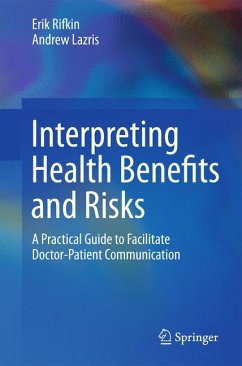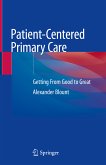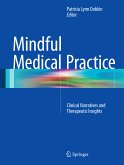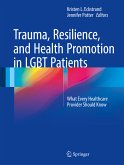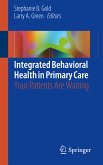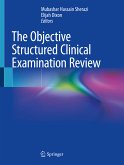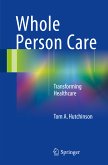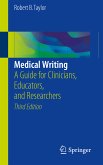Among the topics covered:
· Involving the patient in decision making.
· BRCT: the Benefit/Risk Characterization Theater.
· Breast Cancer Screening-Mammograms.
· Prostate Cancer Screening.
· Statins, cholesterol, and coronary heart disease.
Physicians in family and internal medicine will find Interpreting Health Benefits and Risks: A Practical Guide to Facilitate Doctor- Patient Communication a valuable resource for communicating with patients and new possibilities for working toward their better health and health education.
This book considers several common and important situations where faulty decision-making makes overtreatment a serious risk. Clear, fair, referenced, and useful information is provided. And a powerful intuitive technique is introduced which allows patient and doctor to talk as equals as they work together in the exam room.
As this book is accepted and its ideas and technique are extended, I feel sure that net harm to patients will be curtailed. And what is more, the integrity of the decision-making process will be improved.
-Thomas Finucane, MD, Professor of Medicine, The Johns Hopkins University School of Medicine
Dieser Download kann aus rechtlichen Gründen nur mit Rechnungsadresse in A, B, BG, CY, CZ, D, DK, EW, E, FIN, F, GR, HR, H, IRL, I, LT, L, LR, M, NL, PL, P, R, S, SLO, SK ausgeliefert werden.
"This book is dedicated to explaining the risks of illness or therapeutic interventions and the associated benefits of interventions. ... Clinicians of all levels can use this book to understand risks and benefits and then to employ the models to help patients understand the concepts. ... This is a uniquely exceptional book on communication between patients and medical personnel. ... This is an outstanding book for every academic and teaching institution." (Vincent F. Carr, Doody's Book Reviews, April, 2015)

